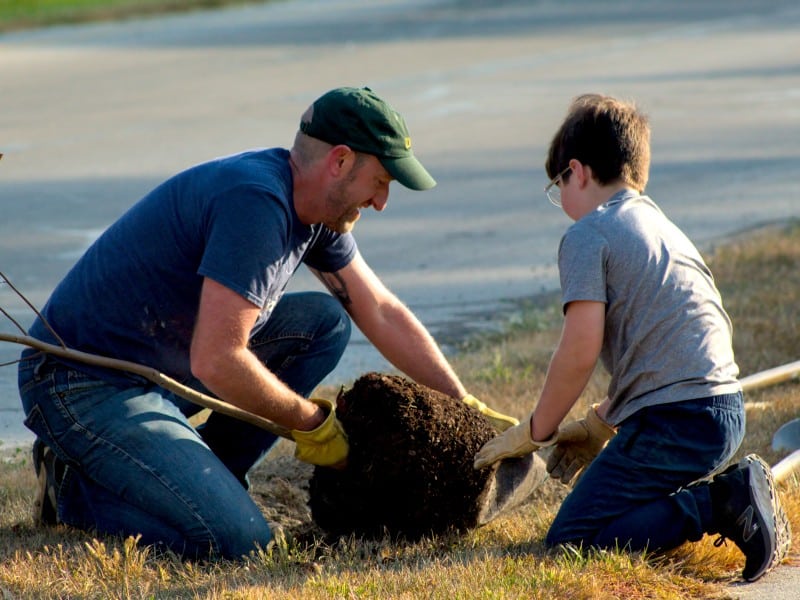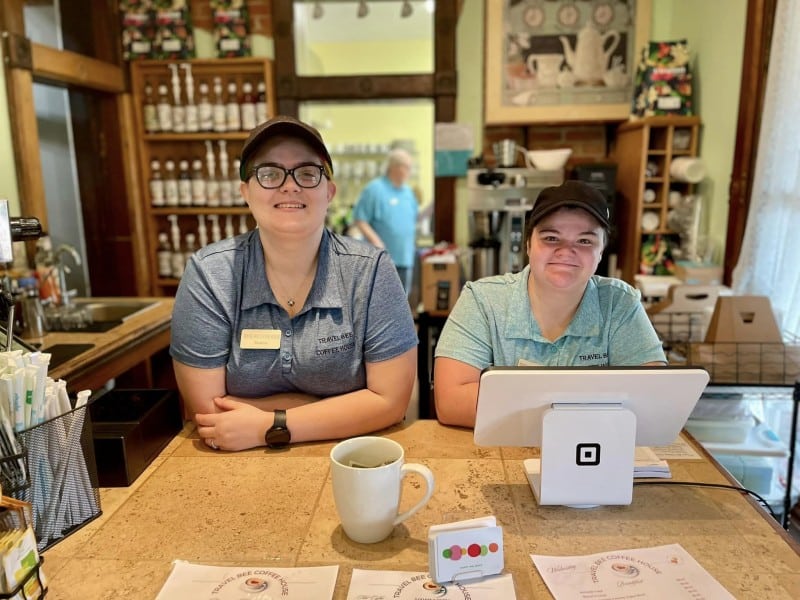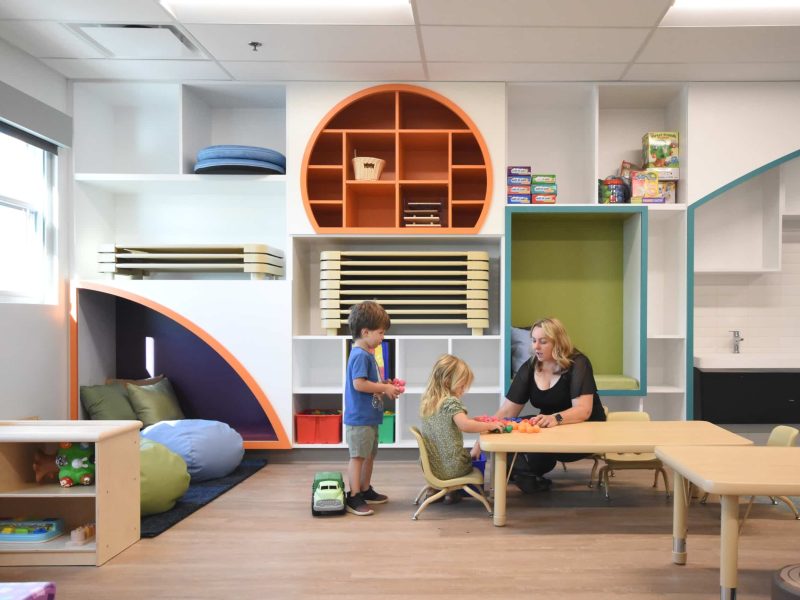How Fort Wayne Trails are evolving during COVID-19—and creating greater equity and access for all
Since the COVID-19 pandemic began, the trails system has seen month after month of record-breaking use. Here's how it's evolving.

In her second year as Executive Director of Fort Wayne Trails, Megan McClellan finds herself in a cautious, but optimistic place.
Since the COVID-19 pandemic began, the trails system has experienced month after month of record-breaking use, most recently in March, when usage was up about 35 percent from its previous high in 2012.
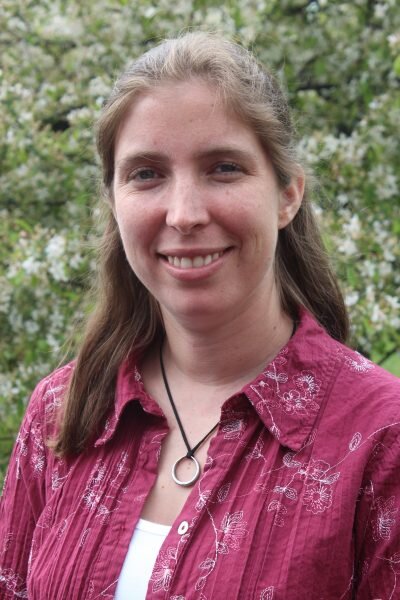
“It’s pretty cool to see people who can’t or don’t want to go to the gym during the pandemic get out on the trails,” McClellan says. “Many people have realized what an asset our trails are.”
But while Fort Wayne’s trails are ever-increasing in popularity and use, the financial fallout of the pandemic and equity conversations sparked in 2020 have impacted the trails system, too.
As usage increased during the pandemic, the number of Trailblazers, or individual donors, has followed in suit and more than doubled. But corporate funding has taken a hit as businesses have closed or put a hold on funding as a result of uncertainty.
Angie Quinn, Development Director for Fort Wayne Trails, says the trails’ largest fundraiser of the year, Brewed IN the Fort Craft Beer Festival, was canceled in 2020, and their first-ever virtual auction to replace it was successful, but didn’t fully compensate for the losses.

On top of that, some of the trails’ largest donors and supporters are in the medical field, which needed all-hands-on-deck to fight the virus in 2020.
“Contacts who have formerly helped us find grant money were suddenly working in emergency rooms,” Quinn says.
As such, Fort Wayne Trails is still largely waiting to see how COVID-19 will affect their budget and progress in the years ahead. While the group doesn’t technically build trails themselves, they are the advocacy and fundraising partner to local governments, which construct and maintain the trails.
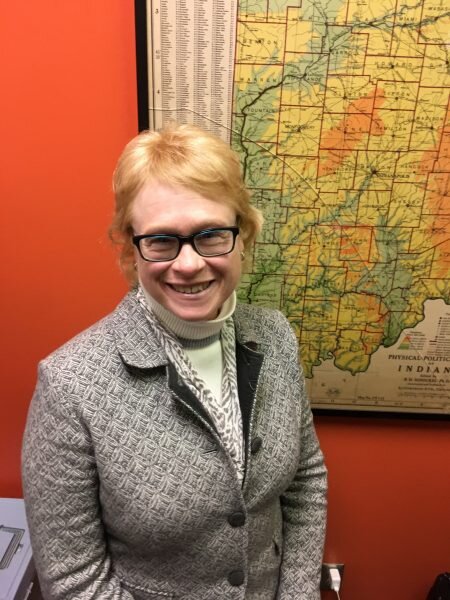
McClellan notes that building one mile of trail costs roughly $800,000 to $1.2 million—making it nearly a million dollars per mile—so every dollar toward the trails makes a difference.
“It’s like building a small road,” she says. “If you have to buy right-of-way and move telephone poles, suddenly it gets really expensive to build a trail, and that’s just asphalt on the ground—not including any bridges, benches, or signage.”
A cyclist herself, Quinn has ridden trails in many cities and says Fort Wayne’s trails are unique—not only in their expanse (124 miles in Allen County), but also in their type.
“Rather than rail trails, which are out and back routes, we have a trails network that pretty much permeates our community, so you can get more creative when you’re riding,” she says. “If you want to get a beer, you can find a trail route to get there. If you want to bike to work, you can find a trail route to get there, too. There’s really no limit to the kinds of rides you can create in Allen County.”
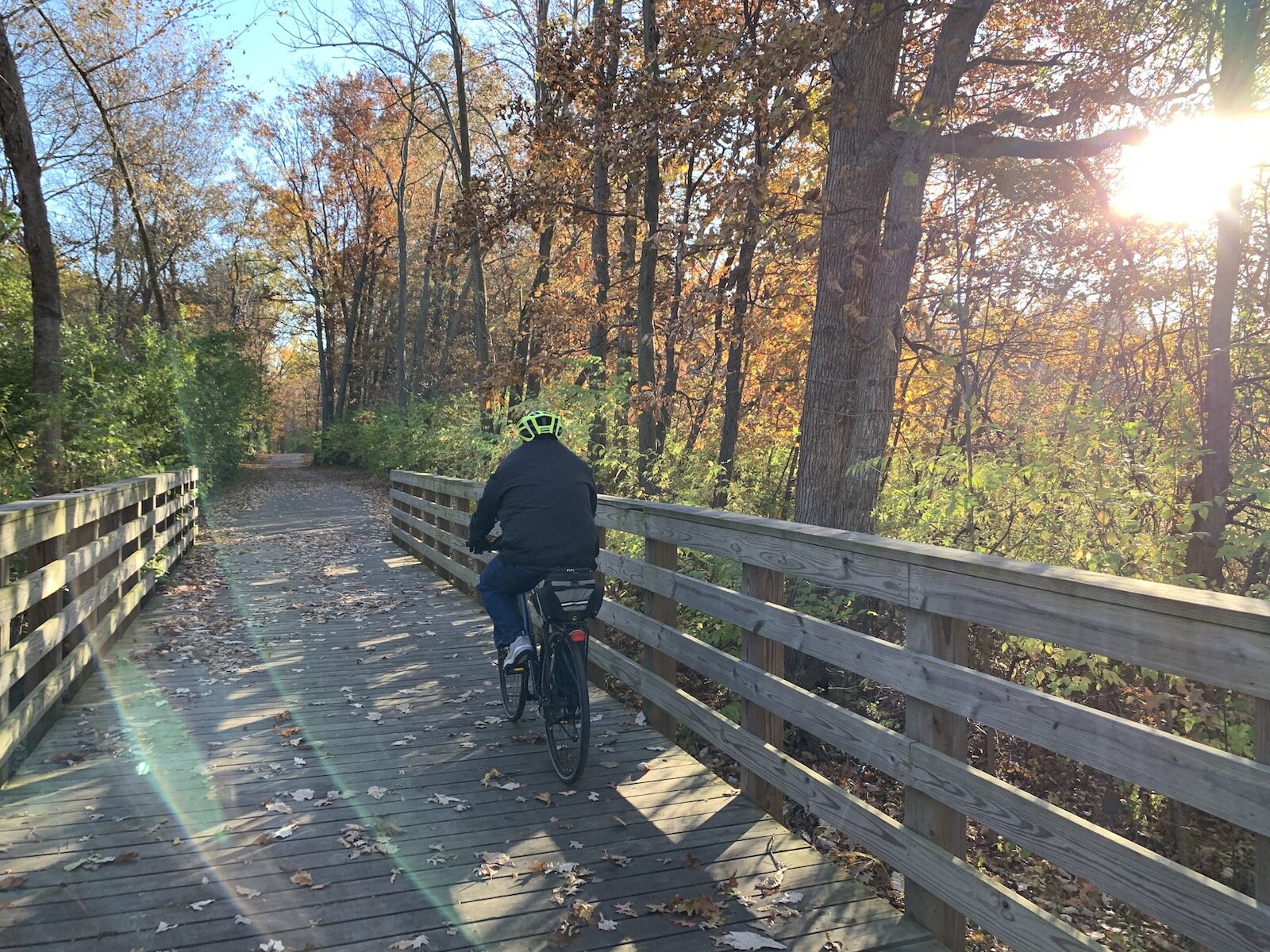
So what barriers are keeping Fort Wayne residents from using the trails to their full extent?
Along with financial challenges, conversations around equity and access emerged in 2020, drawing attention to disparities in trail use, too. In recent weeks, Fort Wayne Trails has launched a new survey, seeking the opinions of trail users and non-trail users alike to identify barriers to access and use.

James Holm, Community Engagement Manager, says the goal with the survey is to help Fort Wayne Trails prioritize its future projects and make the best use of the funding they do have.
“Especially in underserved areas, where there is not as good of connectivity, we want to find out where residents want to go, so we can prioritize projects and close gaps,” Holm says.
To reach non-trail users, surveys will be available online and at community locations, like YMCAs. They will be available in English, Spanish, French, and Burmese.
While gaps exist in Fort Wayne’s trail network, McClellan says her team has always tried to be as equitable as possible in advocating for trail routes. But due to the high cost of creating trails, trails also tend to follow development patterns in the city and county to maximize spending efficiency.
“Trails often get put in when a road is expanded or a new business is built,” McClellan says.
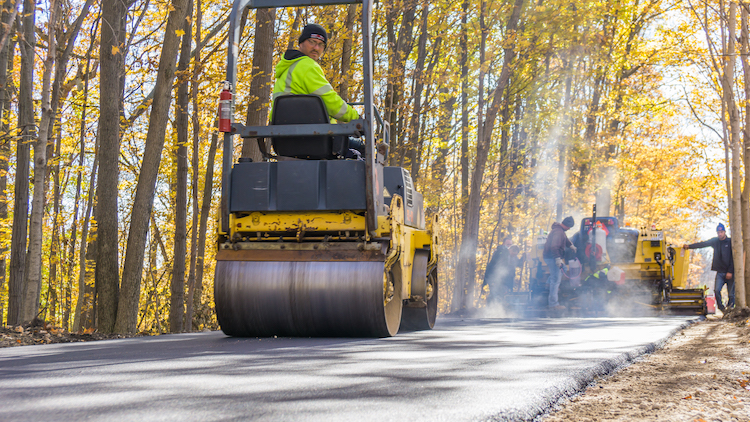
As such, areas of the city lacking new development projects are also likely to be lacking trail access. To help close gaps, there are already a few new trail projects underway for 2021, particularly on the city’s Southeast side.
One major project will be the Hanna Trail, running along Hanna Street and connecting Rudisill Blvd. to Burns Blvd. There is also the 6-mile Creek Trail in the Southeast quadrant, which will loop around the area and include Paul Harding Jr. High School.
A portion of the Creek Trail that connects to the school is known as the Paul Harding Million Dreams Nature Trail. It was named and planned by an all-girls robotics club at Harding as part of a project where they reimagined underutilized resources in their community.
“They came up with a plan to turn the old ballfield into a park with trails and a prairie, and they won awards with that plan,” McClellan says. “Now, they’re making it happen with the help of their teacher.”
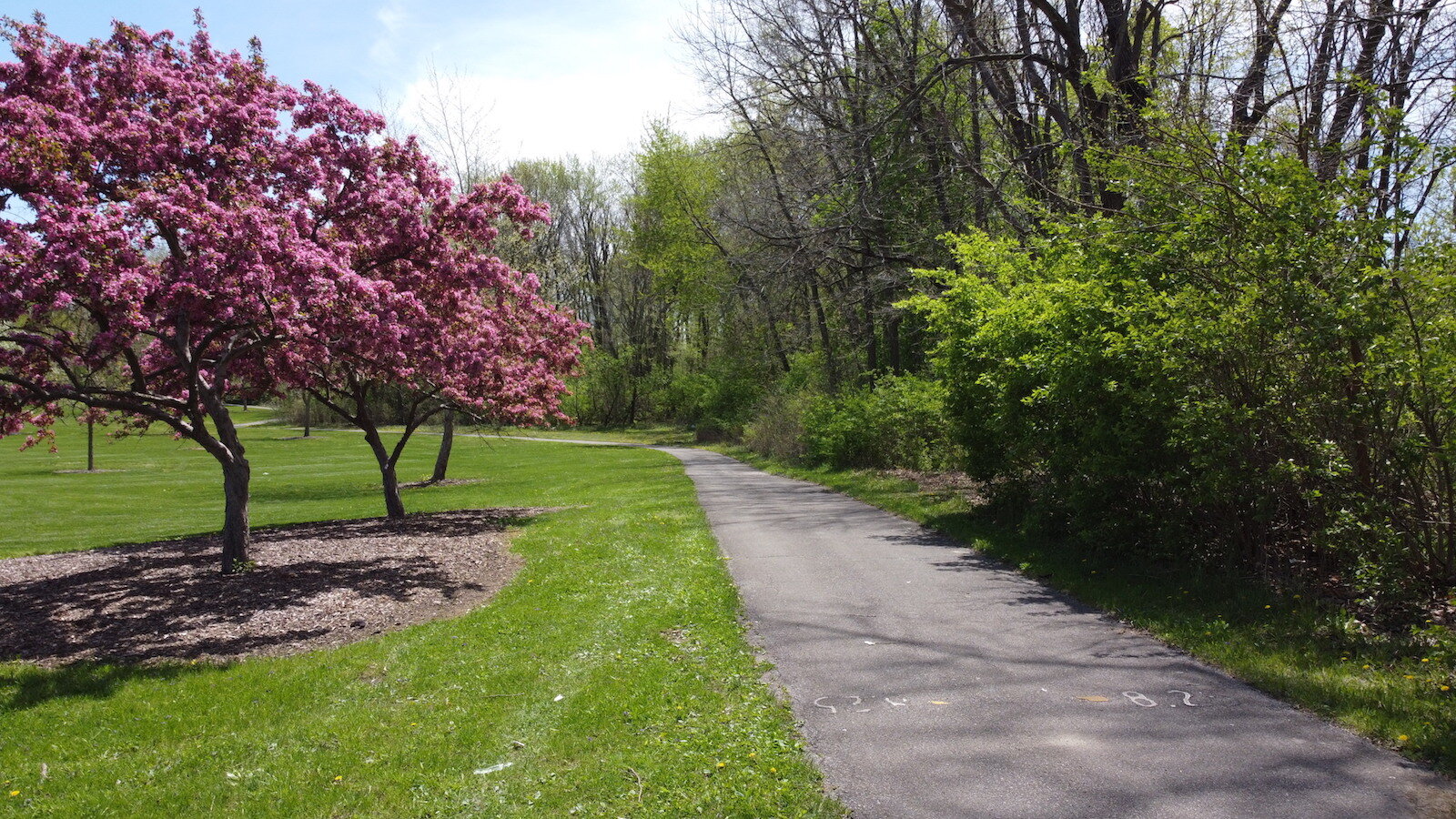
The Paul Harding Million Dreams Nature Trail will provide service through wooded areas and a trailhead. McClellan says it’s well underway to completion. The rest of the 6-mile Creek Trail is further in the future. It has been prioritized behind the Hanna Trail by Southeast residents in previous surveys and community meetings.
Along with prioritizing dollars and projects, another challenge facing Fort Wayne Trails is getting everyone involved in a trail around the same table. Oftentimes, trail routes run through areas owned by multiple people, organizations, and stakeholders, so it requires some coordination. During the pandemic, they have continued convening groups on Zoom, and they’re making progress.
In 2021, the city of Fort Wayne will complete the Becketts Run Trail, connecting Concordia Lutheran Seminary’s campus to Clinton Street.
“That’s going to be a beautiful trail, tucked back behind the seminary in a valley with trees around it,” Holm says.
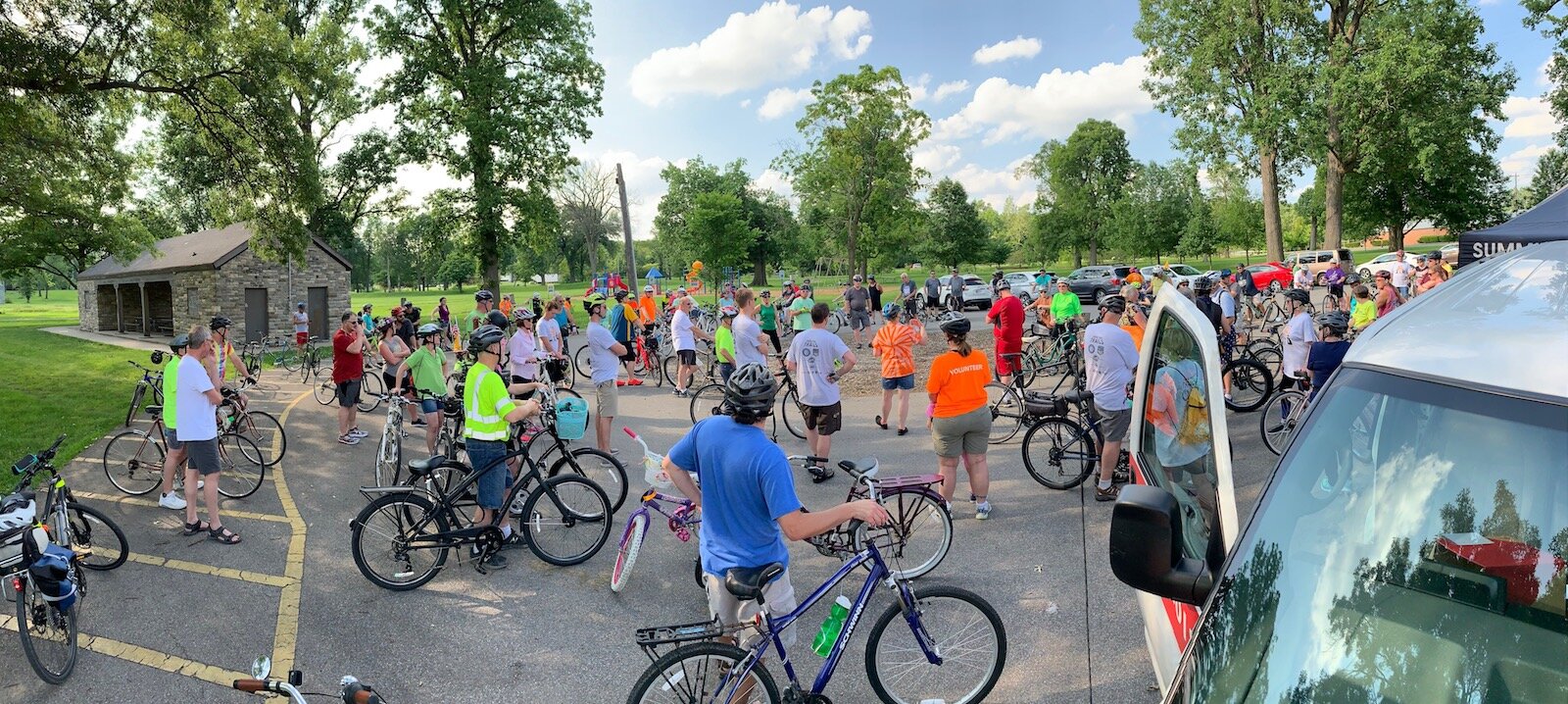
Allen County is also scheduled to kick off the Pufferbelly North trail this year, connecting the trailhead at Life Bridge Church to Fitch Road in Huntertown, just shy of County Line Road. This will add 4.3 miles of trail to the Poka-Bache Connector, which will eventually connect Pokagon State Park in Angola to Ouabache State Park in Bluffton.
Allen County Parks also received funding to renovate Payton County Park and add trails there, which will connect to the Pufferbelly. Other sections of trail along Carroll Road and Dupont Road will connect housing developments there to existing trails.
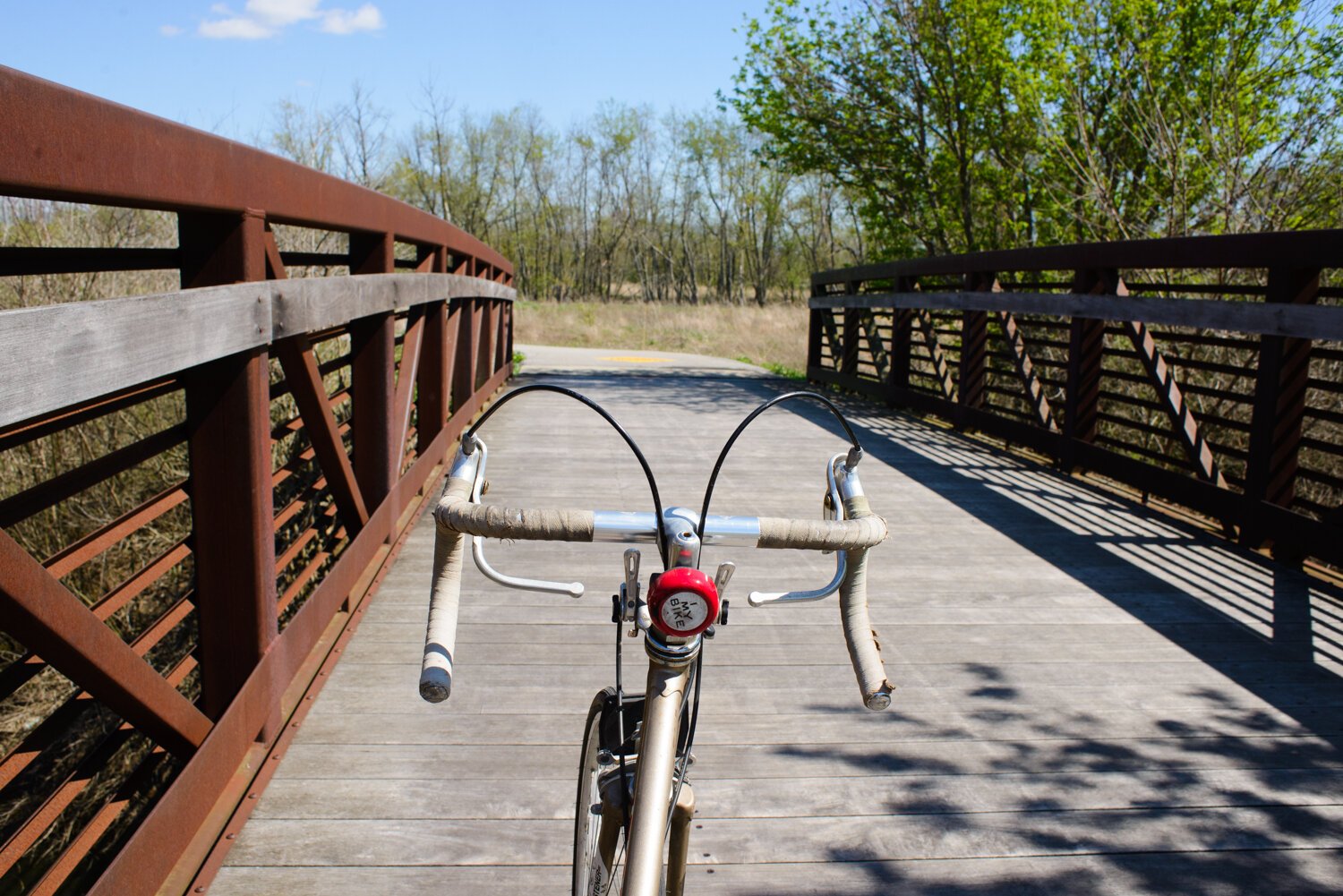
Looking to the future, Fort Wayne Trails is optimistic, thanks to rising support they’ve seen during the pandemic, as well as Gov. Eric Holcomb’s pre-pandemic Next Level Trails Program, which allocated $90 million for trails funding throughout the state.
Communities in Allen County have already received some of that funding in the initial round of grants, McClellan says.
All of these indicators point to the fact that more Hoosiers are understanding the myriad of benefits trails bring to communities, which can help boost the economy as the pandemic subsides.
For instance, studies show that if people are walking or biking past small businesses on a trail, they’re more likely to stop and check it out than if they’re in a vehicle. Trails also increase the property values of homes they’re connected to, and they help attract and retain world-class talent to states, like Indiana, which lack other natural amenities like mountains and oceans.
The best part is: Trails are free, open, and safe for the public to use—even during a global pandemic.
“One of the things that Fort Wayne’s riverfront project has shown us is that if we have something cool that combines being social with nature and if it’s convenient, people love to use it,” Quinn says. “Without mountain ranges, national parks, oceans, or beaches, a lot of cities in the Midwest struggle to attract talent. But our terrain and our environment in Indiana are perfect for trails. When you go out and see the magnificence of this state on a bike or trail, you really get why it’s special.”
Where should you ride?
Fort Wayne Trails staff tells us their recommendations.
McClellan:
The new pedestrian bridge over State street on the Pufferbelly Trail is awesome. It allows trail users to go from downtown past a lot of parks, Science Central and the Zoo—even Tim Hortons.
Quinn:
The three rivers are such a key part of Fort Wayne, and we’ve got trails along them. The Rivergreenway is open, clean, and easy to use. You’re not crossing any roads, but you go right through the city.
The St. Joe Pathway is also really awesome and easy to bike. It takes you from downtown, past the water filtration plant, and you can work your way up to Coliseum and the PFW campus. It takes you all the way up to Canterbury Greens Apartments, and there are lots of things to explore along the way.
Another route my friends and I take is starting at the Towpath trailhead in Swinney and Rockhill Park downtown and biking all the way West to Eagle Marsh Nature Preserve. Then we cut through the neighborhoods to get coffee at Mocha Lounge. It’s mostly a trail route with a little bit of road riding.
Holm:
Because every section of trail is so different, there’s really a right ride for every day.
You can hop around downtown and go to Promenade Park’s trail connection to get on the Pufferbelly and go to Two Toms Brewing. I personally don’t like to deal with roads and cars when I cycle, so I often ride the Rivergreenway and go to New Haven.
For more of a workout, use the Towpath Aboite Trails and go up and down those hills. I also live by Foster Park, so I like taking the trails there to Tillman Park. You can even get to Southtown Center to shop.
For more trail routes and itineraries, check out Visit Fort Wayne’s trail itineraries.


